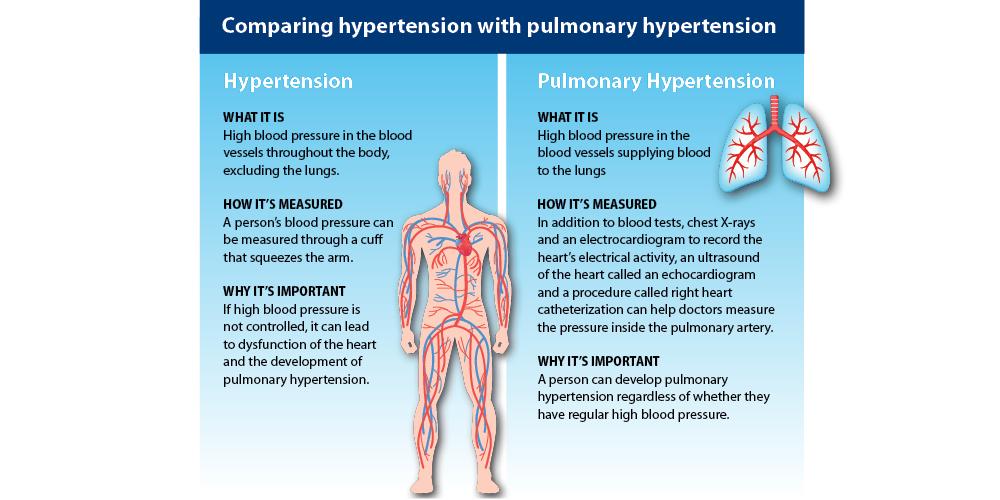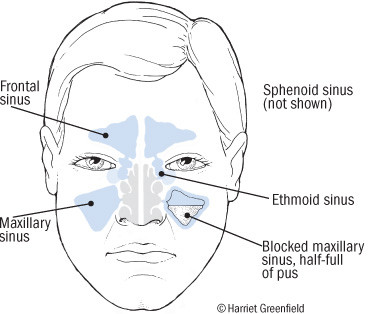Sinusitis, also known as rhinosinusitis, is the inflammation of the mucous membranes that line the sinuses. This condition can lead to symptoms such as thick nasal mucus, a plugged nose, and facial pain. Other common signs and symptoms may include fever, headaches, a poor sense of smell, sore throat, and a sensation of phlegm oozing out.
Depending on which sinus is affected, the pain experienced in sinusitis can vary. For instance, frontal sinusitis causes pain in the forehead, while maxillary sinusitis leads to pain over the cheek or in the upper jaw and teeth. Ethmoid or sphenoid sinusitis can result in pain behind the eyes, and sphenoid sinusitis might cause pain at the top of the head.
Acute sinusitis often presents with symptoms like earaches, neck pain, or headache at the top of the head or deep behind the forehead when the sphenoid sinus is involved. Maxillary sinusitis can cause pain in the cheeks, under the eyes, or in the upper teeth and jaw. In addition to these symptoms, sinus infections are more likely to result in a green nasal discharge, fever, and facial pain.
Harvard Health suggests that in cases of inflamed sinuses, a ‘watch and wait’ approach is often best. Alarm signs of a bacterial sinus infection include sharp pain in the cheeks or teeth accompanied by fever. If cold-like symptoms recede but then severe pain and fever develop, antibiotics may be considered. However, the effectiveness of antibiotics in treating sinusitis can be limited.
The symptoms of a sinus infection differ from those of a common cold. Sinus infection symptoms usually subside in 7 to 10 days if it’s a viral infection, but a bacterial infection can last up to 4 weeks. Chronic sinusitis, on the other hand, continues for 12 weeks or more and can be triggered by factors like common colds, viral infections, or a compromised immune system.
Sinusitis can also be caused by other factors like allergic disease, which can lead to swelling of the nasal tissue and increased production of mucus. This, in turn, can cause obstruction of the sinuses and lead to repeated cycles of infection and inflammation.
Understanding the type of sinusitis you have and its underlying causes is crucial for effective treatment. If you’re experiencing persistent or severe symptoms, it’s important to seek medical advice for a proper diagnosis and treatment plan.
For more detailed information on sinusitis, you can visit the following resources:
Sinusitis Wikipedia
Sinusitis – Harvard Health
Acute Sinusitis – Harvard Health
Inflamed Sinuses – Harvard Health
10 Things to Know About Sinusitis – Keck Medicine of USC
Sinuses Can Be a Pain in the Head – Baylor College of Medicine
Sinusitis FAQ – Stanford Medicine
Sinusitis Leaving You Dazed and Confused? – USF Health News
Sinus Infection – Rhinosinusitis | Ohio State Medical Center



